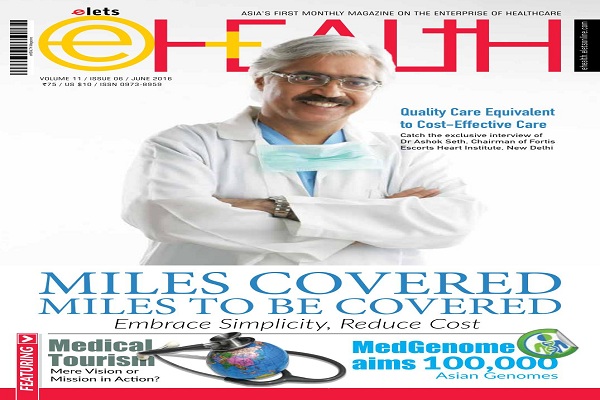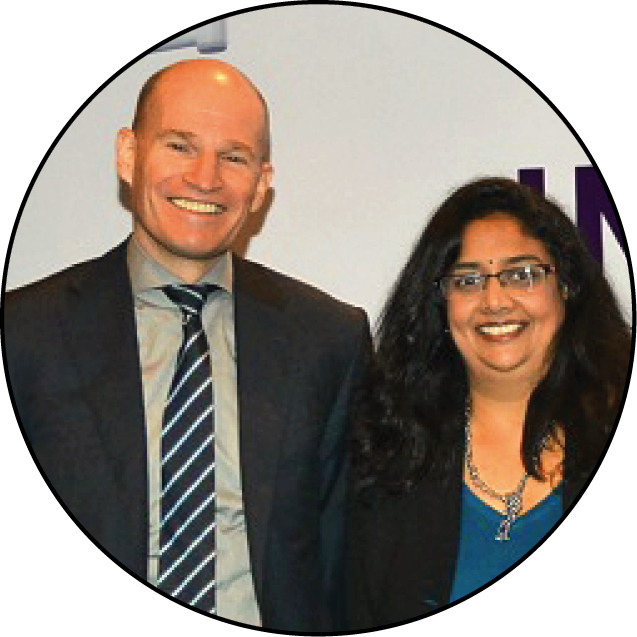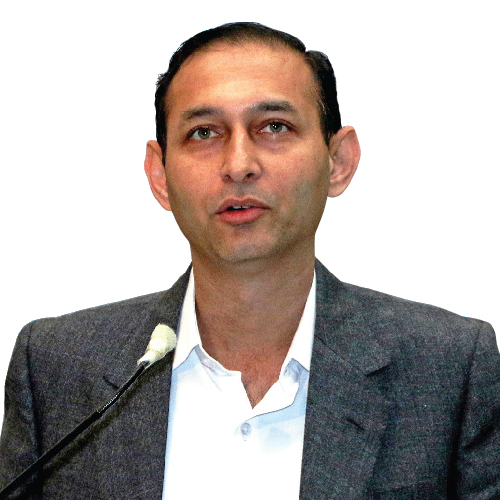
Strengthen ‘Brand India’ by Wrestling Away Self-Promoting Agencies
With the identification of Medical Tourism as one of the seven boosters, we do see both domestic and international medical tourism increasing in India. However, there are still many legal and quality hiccups that stop us from becoming a medical tourism hub. In brief, we need to pull up our socks and work upon strengthening the overall Brand India through promotional campaigns at the international level and wrestle away self-promoting agencies.

During this entire vision and mission to become the best medical tourism destination, we must not forget the famous quote of the American writer Edward Abbey, Growth for the sake of growth is the ideology of the cancer cell.We need to scale up our infrastructural facilities and amend laws to ensure safety, privacy and the best experience by transparency and right exchange of information with no involvement of middle men.
As mentioned before, we do see a ray of hope in terms of India strengthening its position as the medical tourism hub, despite fierce competition from the established medical tourism destinations, such as Thailand and Singapore.
In order to provide a lucid picture of the overall debate, we invited candid views from the real stakeholders. And, it was interesting to note that they had some real issues to highlight to our decision makers.

We raised the following questions before the stakeholders to understand the challenges of medical tourism:
What will be the right ingredient to enable India to beat the established medical tourism destinations, such as Thailand and Singapore, and to attract medical tourists across Europe, the United States (US) and the United Kingdom (UK)?
Where does India stand in terms of domestic medical tourism, particularly in the light of inequitable distribution of medical facilitates, high cost and other procedural glitches?
Here are some of the excerpts:
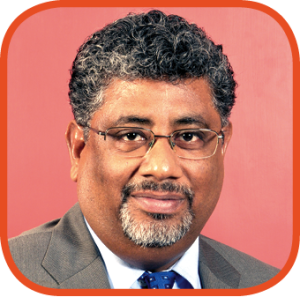 Sanjay Prasad, utive Director, President & CEO, Mercy Group Globally, medical tourism is fast evolving. Established destinations, such as Thailand and Singapore, are being challenged by upcoming destinations, such as India and Turkey. As a medical tourism destination, India is known for high-class treatment at affordable costs. The countrys cost arbitrage gives it a definite edge over other countries like Singapore and Malaysia. Medical treatment in India enables savings of 30 to 70 per cent on total expenditure. The right ingredients for an active medical tourism programme are skilled doctors and state-of-the-art medical facilities capable of providing excellent medical care, especially in niche areas like transplants, joint replacements, cancer therapy, heart disease and bariatric surgery, for a fraction of the cost in ones home countries, in a country that is well-connected, safe, and has good infrastructure. India has developed high reputation in advanced and life-saving treatments in the fields of cardiology, orthopaedics, nephrology, oncology and neurosurgery, which has a lot of potential, and by right promotional strategies, can turn the country into a leading player in medical tourism. With the advent of quality hospitals and the evolution of the industry, now the domestic medical tourism is equipped with world-class infrastructure, major accreditations (NABH & JCI) and capabilities to carry out the most complex surgeries. Also, government initiatives have propelled the sector and today the growth of medical tourism in India has not only generated value for the economy, but also led to the advancement of medical science, development of medical infrastructure and retention of skilled manpower. |
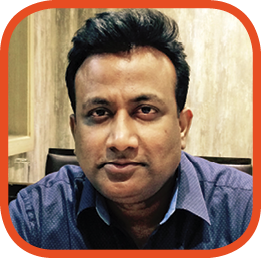 Arnab Paul, Director, Patient Planet It is heartening to note that NITI Aayogs roadmap to ensure annual 10 per cent growth lists medical tourism as one of the seven boosters. Issuance of medical visas that the government is planning for close to 150 countries is a step in the right direction. Hospitals that are successfully attracting foreign patients should enlarge their geographical footprints with representative offices or agencies in other countries. To attract medical tourists from Europe, the US and the UK, it is high time hospitals in India benchmark themselves up for international quality accreditation standards, such as the Joint Commission International (JCI), and ensure quick legal remedies. There is an urgent need for the availability of medical insurance and social security benefits to the vast number of the Indian population. It is time for the NITI Aayog or the other stakeholders in the healthcare ecosystem to come up with a policy of universal health coverage and put a robust mechanism in place to ensure people belonging to the underprivileged sections of the society and people from rural areas can access the medical facility closer to their homes. |
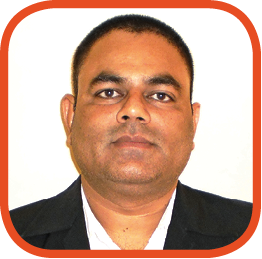 Devendra Patel, Founder and Director, Medisoft Telemedicine Pvt Ltd & Founder and Managing Partner – The Meditour India is the third largest among all medical tourism destinations globally and is growing 27 per cent every year to reach $3.9 billion market in 2015. Our growth rate is highest among the top five most popular medical tourism destinations. We lead in both quality and cost; we are most cost-effective and at par in terms of quality even in comparison to a developed country. There is a lot of potential to attract people from the US, Europe, etc. We need to do better branding of India as a destination. Make our visa and immigration more user-friendly and cost-effective. I suggest making a nodal public-private partnership (PPP) board to look after patient complaints and consider issuing an insurance policy. Approximately 80 per cent of people living in rural India have less than 20 per cent doctors. As a market, domestic tourism is the most neglected area in India. There is a high scope of marketing value of hospital and doctors using technology, such as e-health and telemedicine. We should allocate more funds to public healthcare facilities. |
 Abhishek Anand, Director, Vibcure A perfect mix of government and corporate efforts is required to change the existing perception of the country. Government efforts should come in the form of revision of the existing approach towards medical tourism, such as amending the existing medical visa policies to reduce the visa grant period and duration of stay. The government should regulate the healthcare facilitation space to limit the entry of unorganised players bringing disrepute to the brand India. In addition to this, ensuring a safe stay to the attendants and family of medical tourists is of utmost importance to emulate the environment of trust among the travellers at par with the competitive destinations, such as Thailand and Singapore. Corporate stakeholders need to adhere to the standards of information and service accepted in the developed nations, as done by Vibcure. Indian healthcare system is currently based on two cornerstones that include private and the government and trust sponsored hospitals and clinics. Since the government hospitals and clinics have limited budgets, the quality is compromised, which ultimately leads to shift to private facilities located in metro cities with higher treatment costs. Currently, with only 210 million people being medically insured, the major population pays out of their pocket for the treatment. In such a scenario, regulating the prices and adhering to the standards is of utmost importance. Various state governments have identified the challenges and are taking various initiatives to promote private healthcare investments in their states by implementing a series of socioeconomic policies in the form of subsidies. Generally, these initiatives have a gestation period of 4 to 5 years. |
Be a part of Elets Collaborative Initiatives. Join Us for Upcoming Events and explore business opportunities. Like us on Facebook , connect with us on LinkedIn and follow us on Twitter , Instagram.


